“Active, proactive, mobile, flexible”
Realizing the French colonialists' tricks in the Nava plan, at the end of September 1953, the Politburo met to discuss military tasks, deeply analyzed the strategic situation between us and the enemy, issued a resolution approving the 1953-1954 Winter-Spring combat plan, firmly maintaining the initiative to fight the enemy on both the front and behind the enemy's rear, coordinating nationwide and throughout Indochina, emphasizing the fighting motto: "active, proactive, mobile, flexible".
 |
| The victory flag of the Vietnam People's Army flies over the newly captured Him Lam base in the opening battle of the Dien Bien Phu Campaign, on the afternoon of March 13, 1954. Photo: VNA |
The Politburo 's resolution was thoroughly disseminated to all levels and sectors; the General Staff set up specific combat plans for the battlefields; the plans for combat coordination between us and Laos and Cambodia were also completely agreed upon; all preparations and force organization work were vigorously deployed.
To coordinate with the 1953-1954 Winter-Spring strategic offensive, our Party and Government advocated launching an attack on the enemy on the diplomatic front. On November 26, 1953, President Ho Chi Minh clearly stated the viewpoint of our people: "... The basis of the ceasefire in Vietnam is that the French Government sincerely respects the true independence of Vietnam" which created a great resonance, attracting the attention, sympathy and support of the French people and peace-loving people of the world for our people's just resistance.
The whole country focuses its strength on the front.
On the basis of firmly grasping all enemy plots and actions, analyzing and scientifically assessing the situation, in early December 1953, the Politburo decided to launch the Dien Bien Phu Campaign, approved the operational plan of the Central Military Commission and assigned General Vo Nguyen Giap, Politburo member, Minister of National Defense, Commander-in-Chief of the Army, to directly serve as Party Secretary and Commander of the front.
President Ho Chi Minh instructed: “This campaign is a very important campaign, not only militarily but also politically, not only domestically but internationally. Therefore, the entire army, the entire people, the entire Party must concentrate on completing it successfully”; he advised General Vo Nguyen Giap: we must win, only fight if we are sure of victory, and not fight if we are not sure of victory.
Along with that, the Government decided to establish the Front Supply Council chaired by comrade Pham Van Dong. With the special significance of the Campaign, the Politburo and the Central Military Commission decided to concentrate the main elite force including 4 infantry divisions, 1 artillery division with a total strength of over 40,000 officers and soldiers.
In compliance with the Politburo’s decision, all preparations for the campaign were carried out urgently. The whole country concentrated its strength on the Dien Bien Phu front with the slogan “All for the front, all for victory”. Main force units quickly assembled, day and night clearing forests, cutting mountains to open roads, hauling artillery, building battlefields, ready to attack the enemy.
The entire vast rear of the country, from the Viet Bac free zone, Inter-zone III, Inter-zone IV, the newly liberated Northwest region to the guerrilla zones and guerrilla bases in the Northern Delta, the newly liberated region in Upper Laos, all concentrated human and material resources with more than 260,000 laborers and youth volunteers, regardless of bombs and bullets, towards Dien Bien to ensure logistics for the Campaign.
To facilitate the decisive battle at Dien Bien Phu, the General Command ordered the main units to coordinate to launch strong attacks on the battlefields: (1) Attack Lai Chau, threatening Dien Bien Phu from the North; (2) Coordinate with the Lao Liberation Army to launch an attack campaign into Central Laos; (3) Advance deep into Lower Laos and Eastern Cambodia; (4) Attack on the Northern Central Highlands front; (5) Coordinate attacks on the enemy's defense line in Upper Laos.
With the above 5 strategic moves, we not only destroyed many enemies, liberated many large areas of land, but also bankrupted Nava's plot to concentrate mobile forces in the Northern Delta, forcing them to disperse to different places to deal with us. At the same time, in the midland and Northern Delta battlefields, our army and people also attacked strongly on the outer lines and behind the enemy's back; localities in Binh Tri Thien, South Central, and South stepped up military and political attacks, combined with "pseudo-promotion" to coordinate with the main battlefield...
(To be continued)
Source




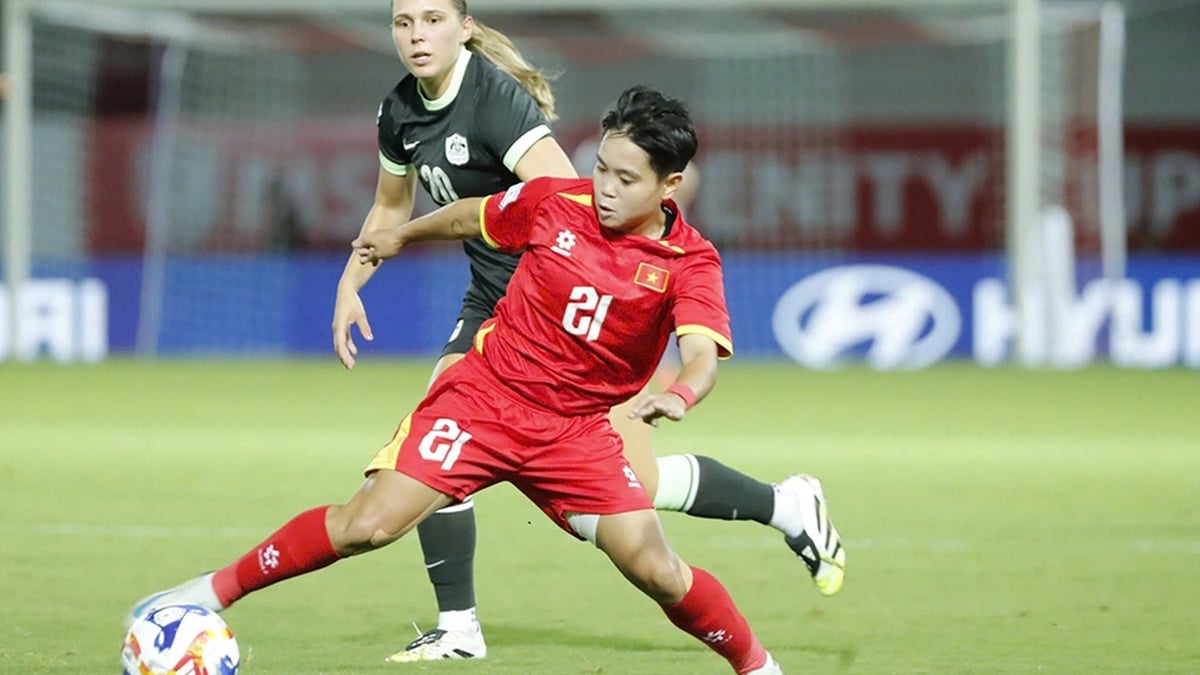
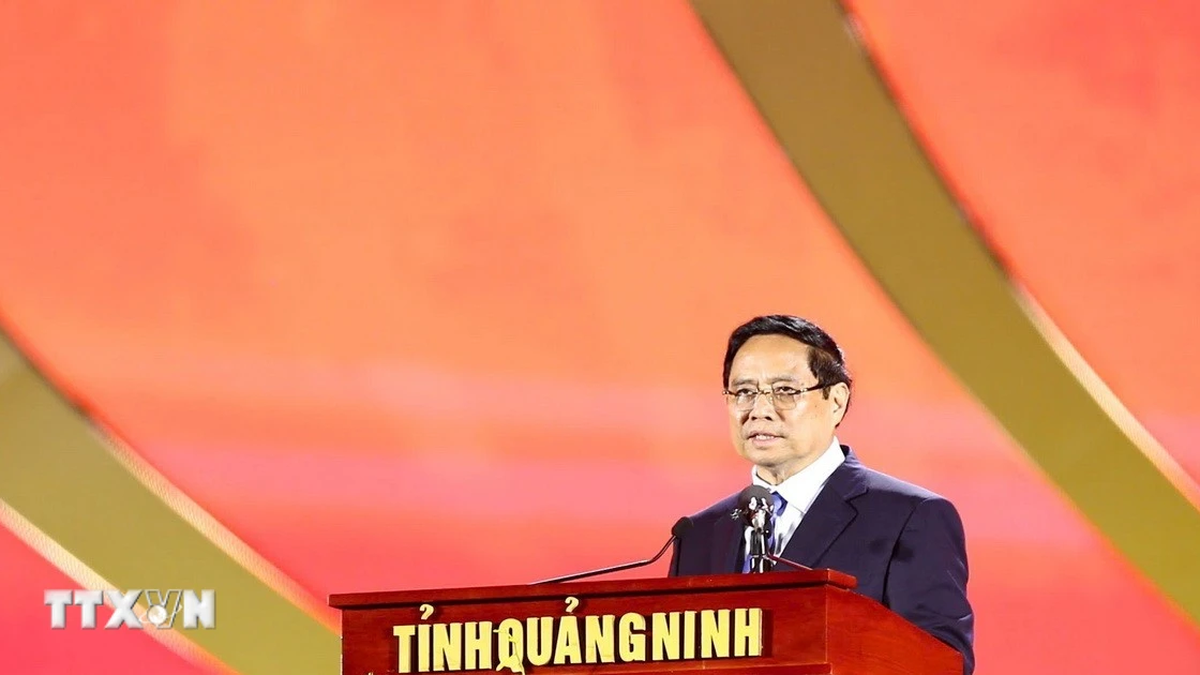
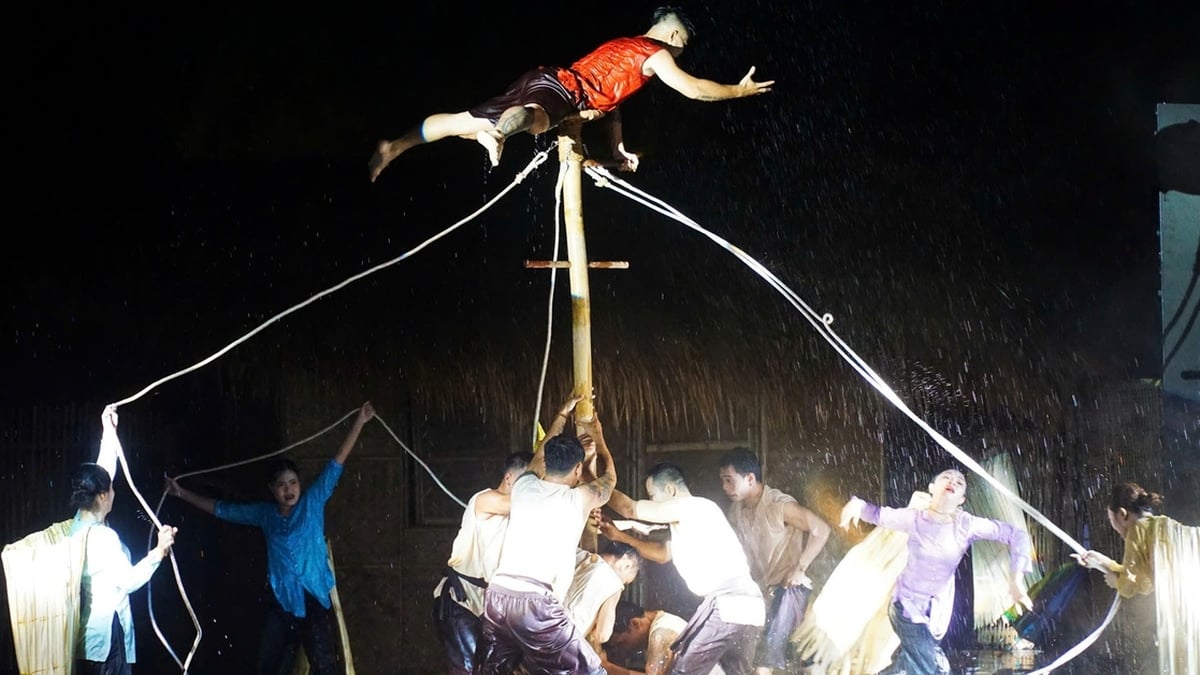

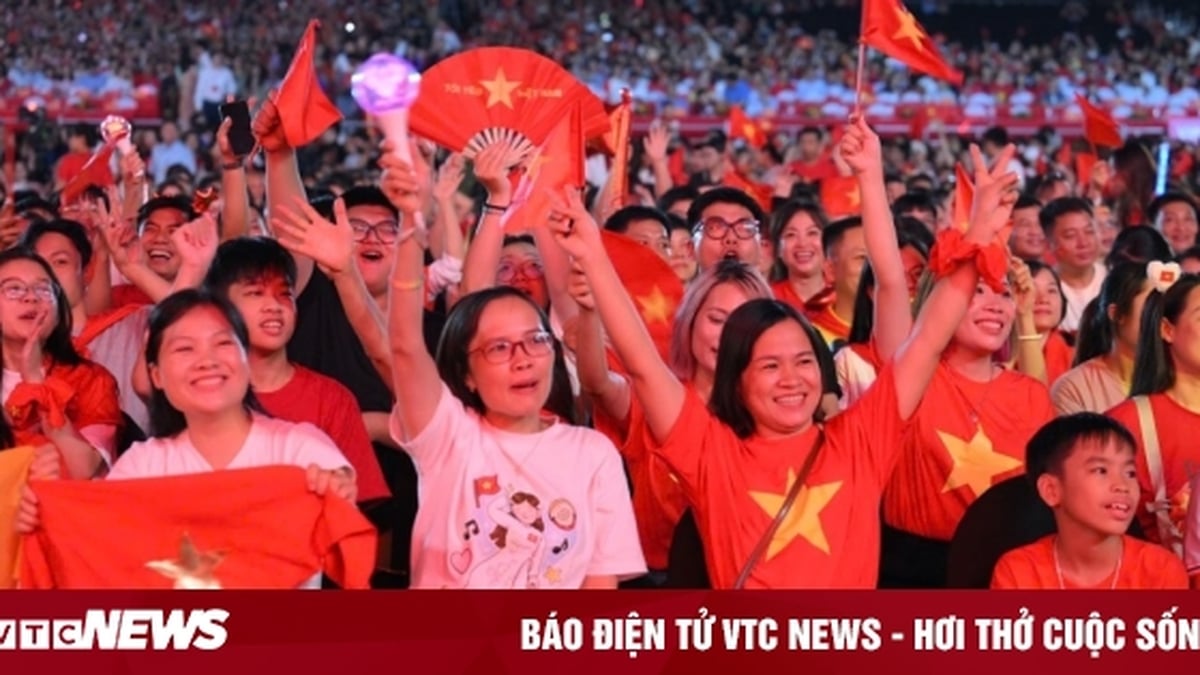

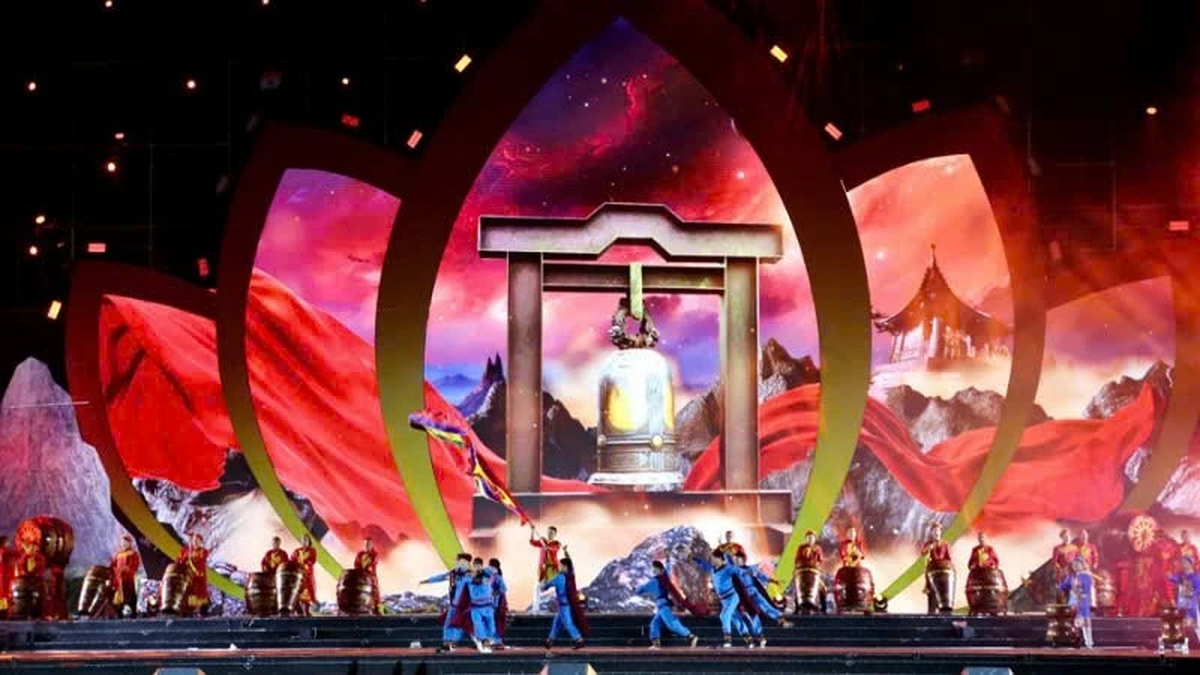











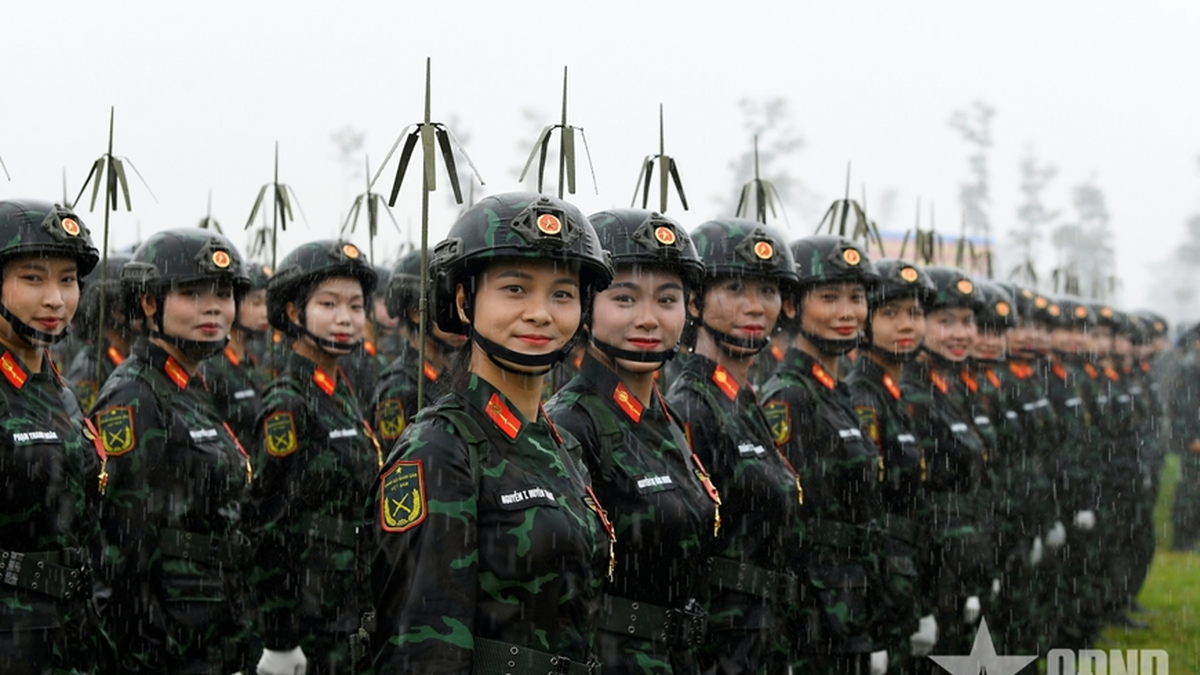
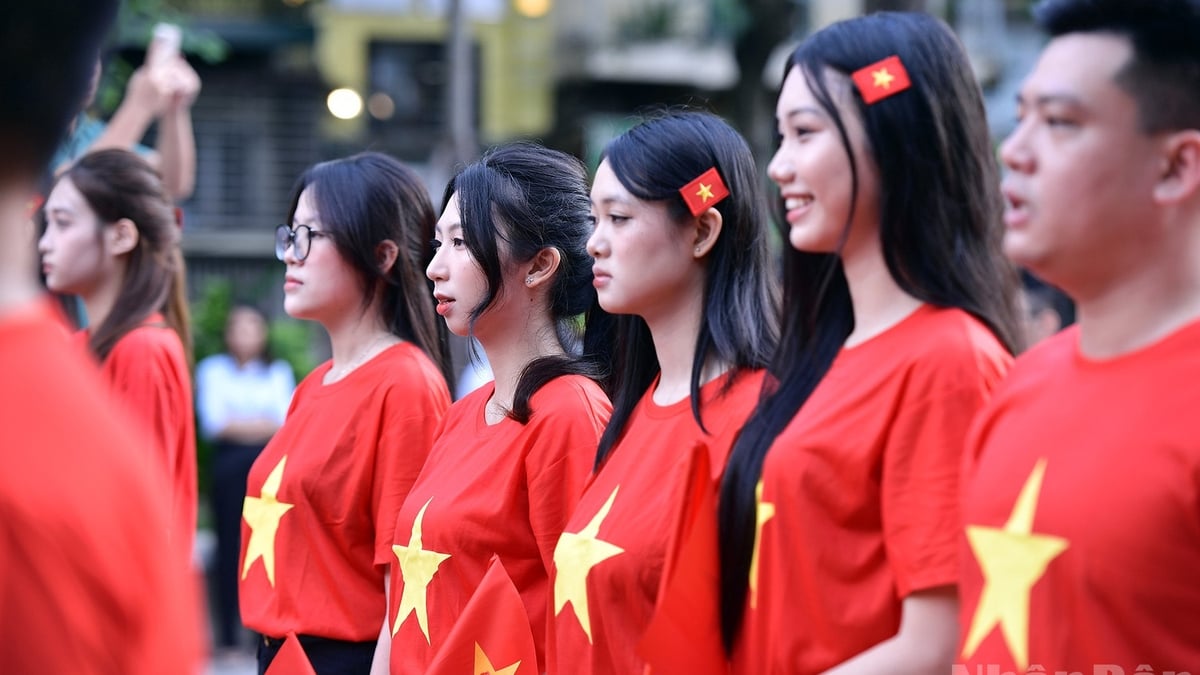
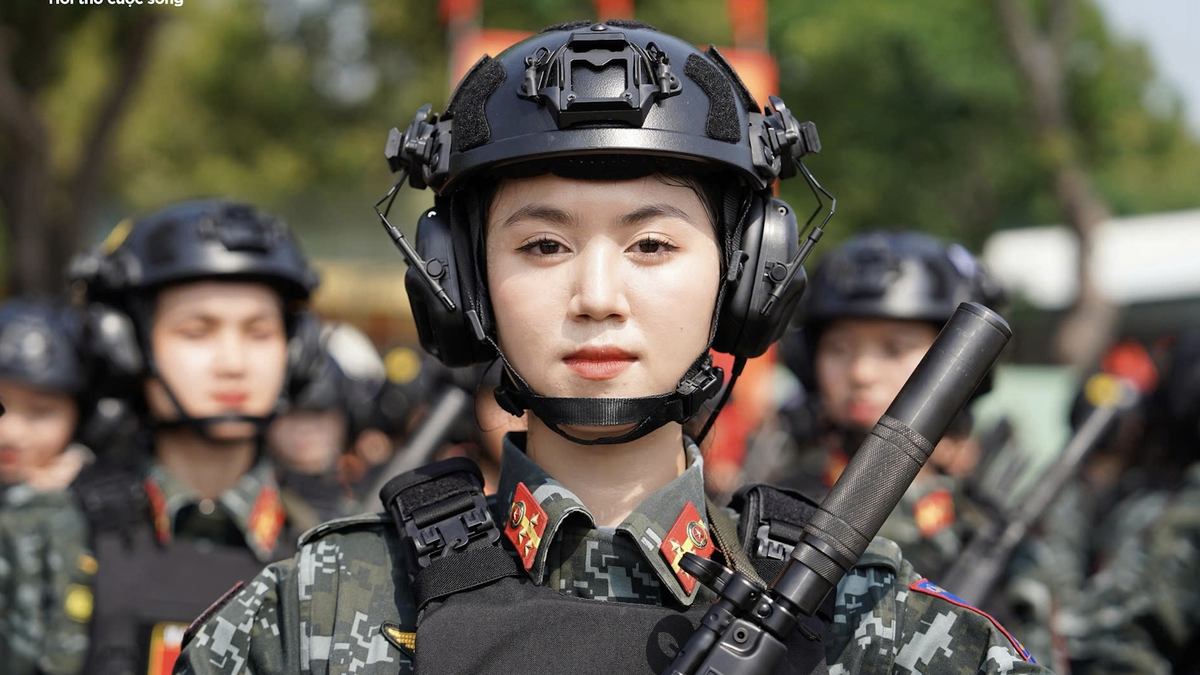
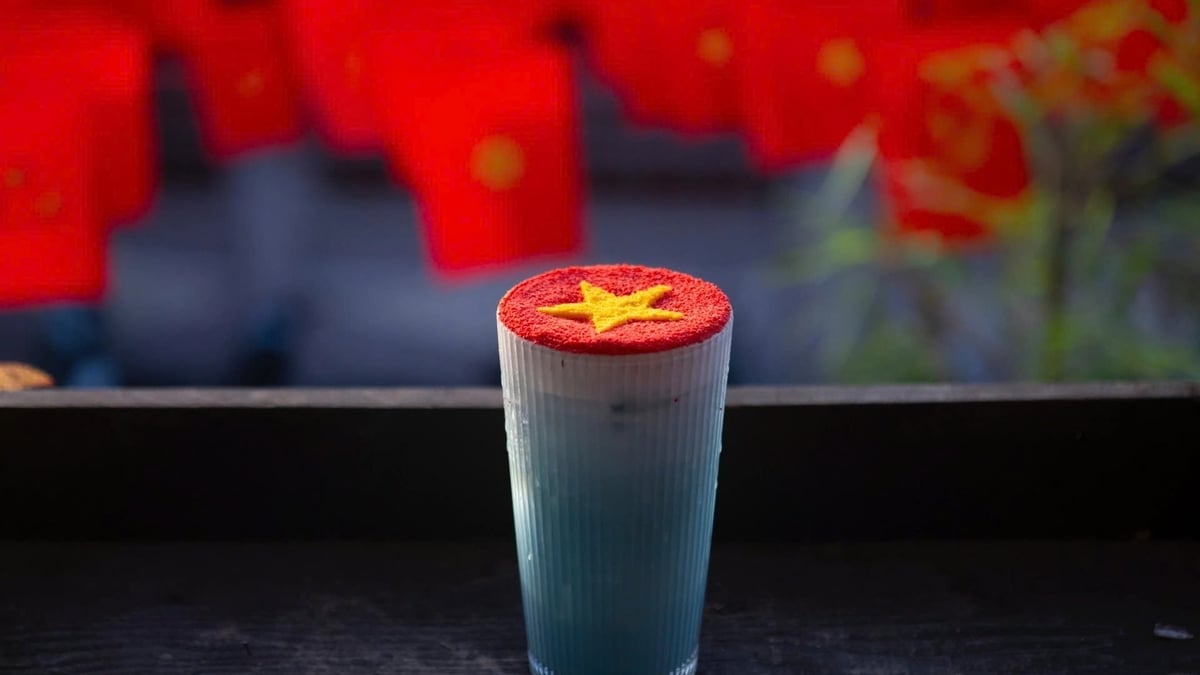
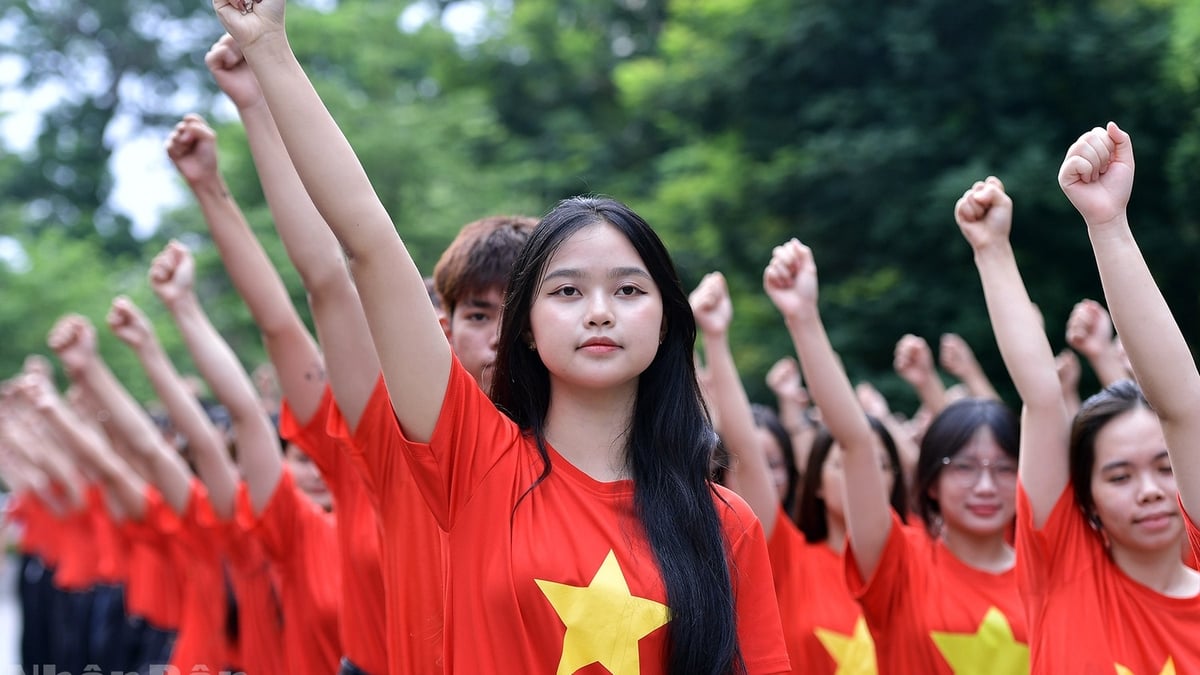
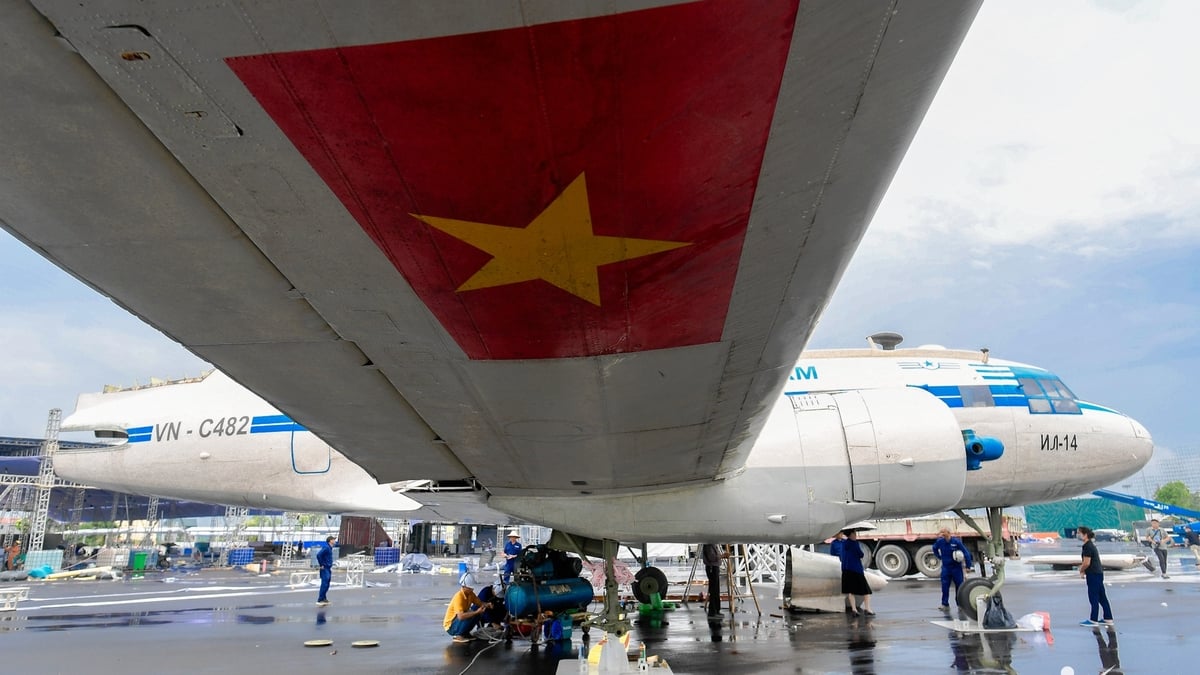
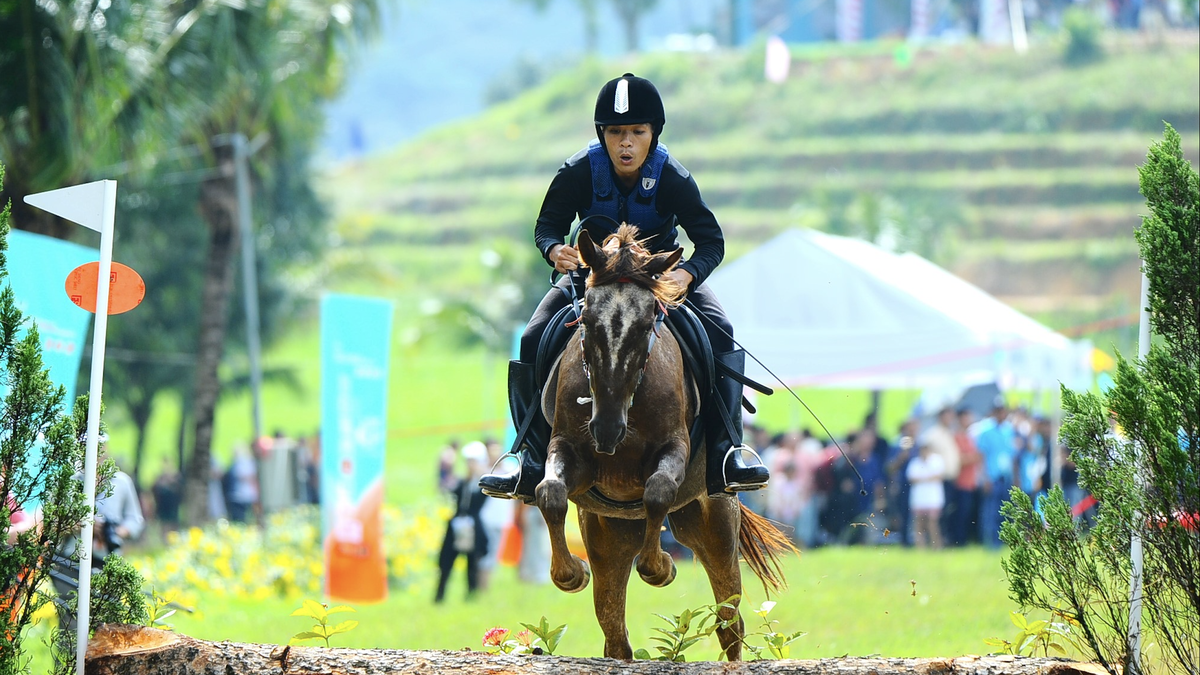

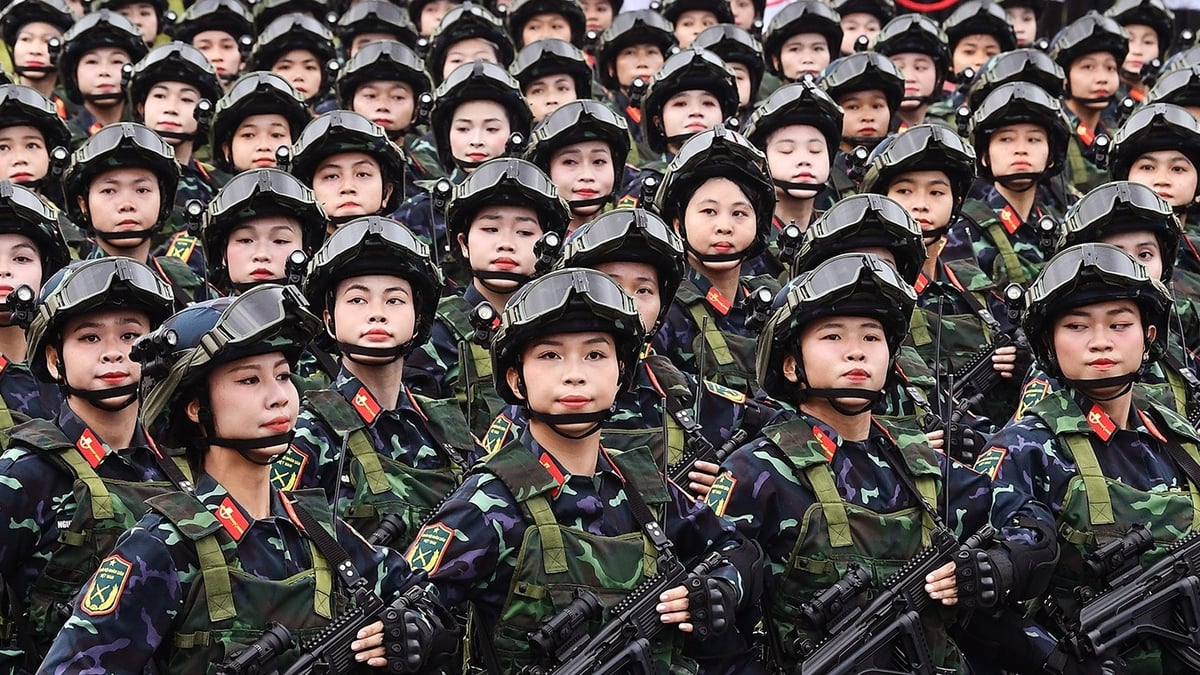
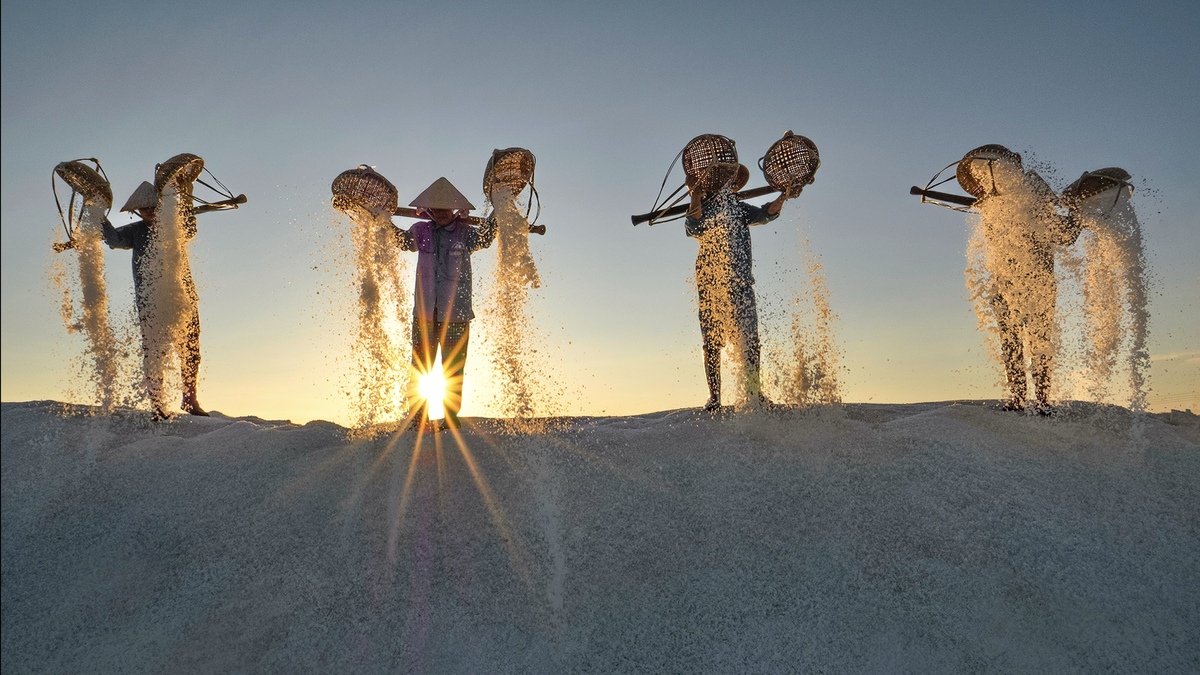
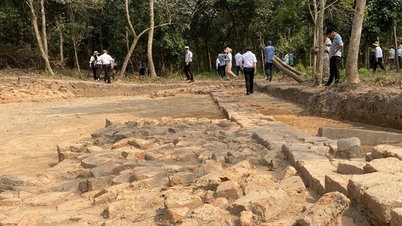



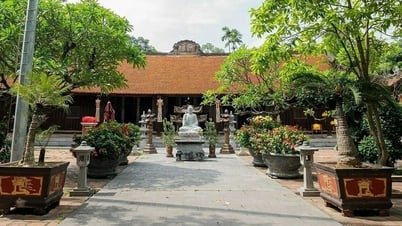

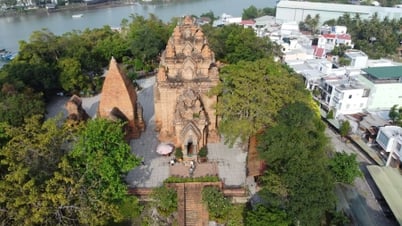
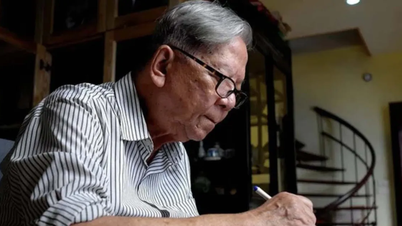

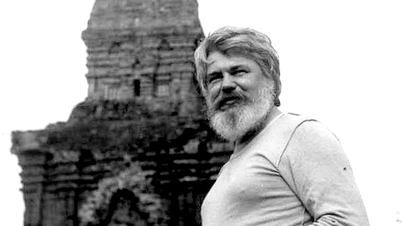



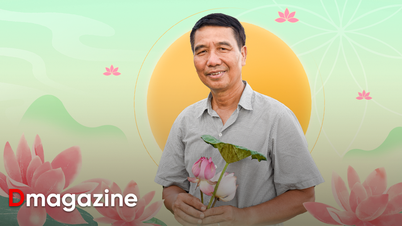


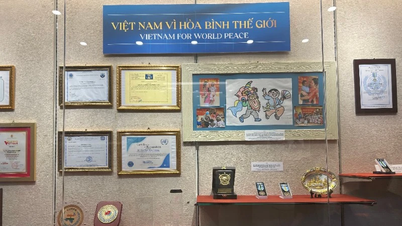

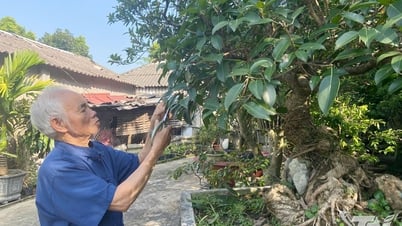

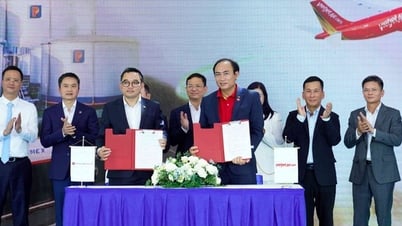



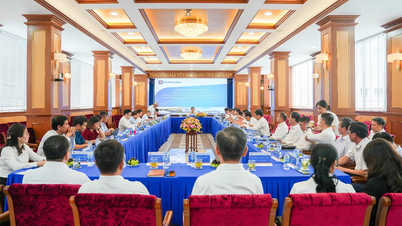
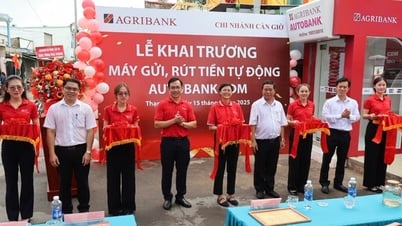

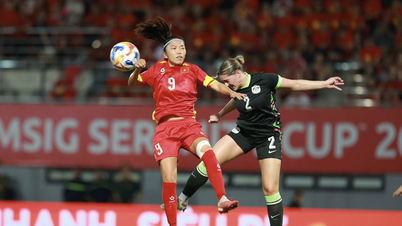
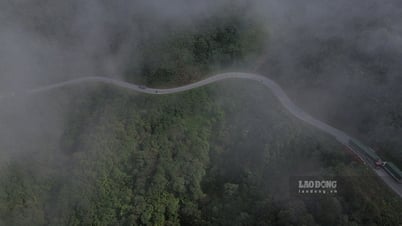


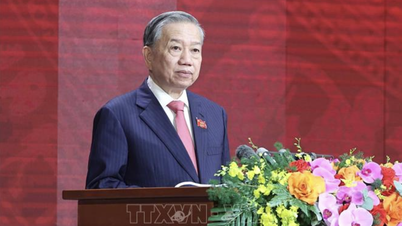

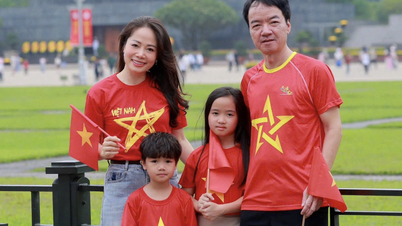

![[Photo] Party and State leaders visit President Ho Chi Minh's Mausoleum and offer incense to commemorate Heroes and Martyrs](https://vphoto.vietnam.vn/thumb/402x226/vietnam/resource/IMAGE/2025/8/17/ca4f4b61522f4945b3715b12ee1ac46c)
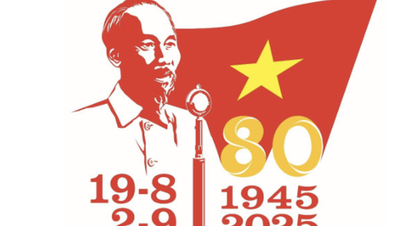

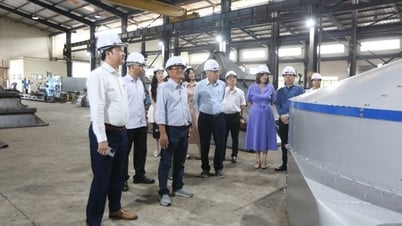

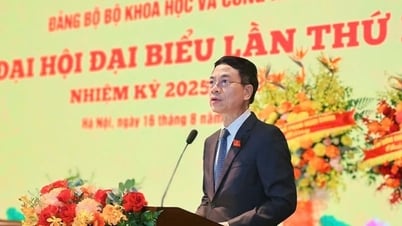

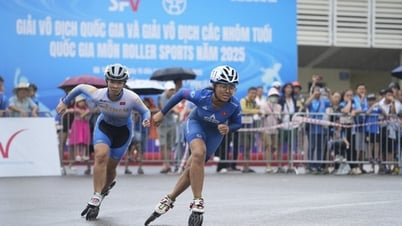
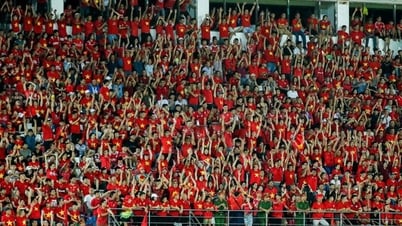






















Comment (0)